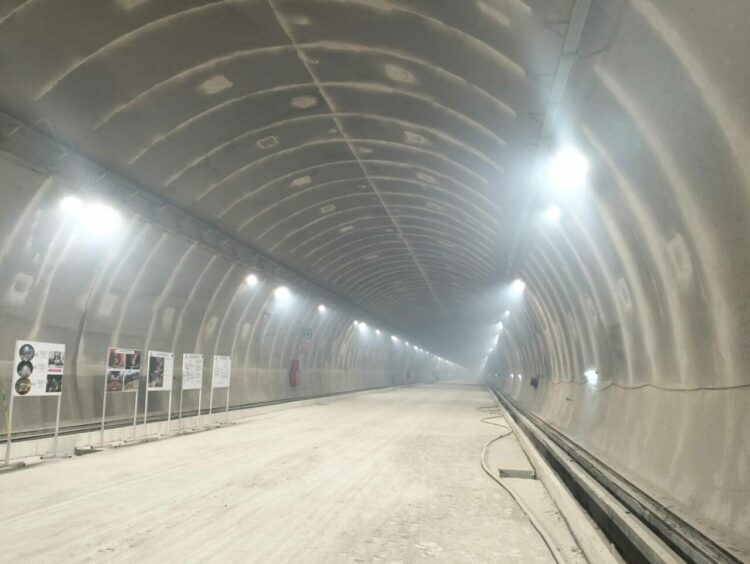The central government is planning to construct seven new tunnels along the India- China Border to enhance road connectivity in the region, the Minister of State for Defence Ajay Bhatt said.
“Over the past three years, five tunnels have been completed, ten are currently in progress, and seven are in the planning phase, the Minister said. He emphasised that these roadways will substantially enhance swift connectivity along the border.
Among these crucial infrastructure projects stands the Atal Tunnel measuring 9.02 km, which was successfully completed in 2020, thereby offering year-round access to the Lahaul-Spiti Valley. The Sela Tunnel, designed to facilitate connectivity between Guwahati in Assam and Tawang in Arunachal Pradesh, is expected to be complete by the end of August, according to the minister.
Important Entities
There are three important entities involved in border defence and construction. The first and primary one is Border Roads Organisation (BRO). It is responsible for the construction of tunnels, bridges, roads, and garrisons in forward and border areas.
The second is the ITBP (Indo-Tibetan Border Police). It has been tasked with preventing border transgressions, infrastructure and assisting the Indian Army in border protection and patrolling.
The third agency is the Special Frontier Force. Its role is quite minimal in border defence and is designated to undertake commando operations in the Himalayas, including the LAC.
Initiatives by the Modi Government
“Since 2014, the Modi government has undertaken significant measures to develop border infrastructure, evident from the escalation of the Border Roads Organisation budget from Rs 3782 crores in 2013-14 to Rs 14,387 crore in 2023-24. This constitutes nearly a fourfold increase,” Bhatt said.
He further added that the length of the constricted bridges has extended to 22439 meters during the period of 2014 to 2022, in contrast to 7270 meters between 2008 and 2014.
Additionally, the government is planning and is in the process of establishing a Frontier Highway spanning approximately 1800km in Arunachal Pradesh aimed at bolstering inter-valley connectivity. This initiative is poised to significantly enhance both internal and border connectivity, the Minister noted.
Bhatt opined that increased budget allocation expedited construction, adopting innovative technologies and swifter administrative clearances substantiate the central government’s unwavering commitment to safeguard the country’s borders.
With the takeover of the Modi government in 2014, border infrastructure in the India-China border has received a tremendous boost. In Ladakh, the Daulat-Beg Oldie (DBO) road is a challenging task which has been by the BRO (Border Roads Organisation). The DBO is a place where intrusions from China are frequent. Chushul and Demchok in the Ladakh sector, closer to China, have been connected.
Similar Projects in India-China Border
A six-kilometre-long tunnel will be built between Bundi and Garbiyan on the Ghatiabagar-Lipulekh road in Uttarakhand to improve access to the Lipulekh Pass on the India-China border. The estimated cost of the project is Rs 20 billion, and it is anticipated to commence in around four to five years.
The BRO has built several other tunnels across the India-China Border (LAC), such as the Shinkun La Tunnel and Nepichu Tunnel, to name a few.
Significance of Tunnels in Border Areas
Unlike roads, tunnels in the India-China border will ensure that the distance to the Line of Actual Control (LAC) is drastically reduced and remains operational in all types of weather that it all weather connectivity. This will enable troops and supplies to reach strategic locations such as that of Doklam. It will reduce the operational cost of vehicles and the need for deploying troops for security duties in sensitive areas. The Indian Army uses tunnels to store arms and ammunition, whereas the Chinese in their underground tunnels are allegedly storing and stockpiling ballistic missiles.




















Comments